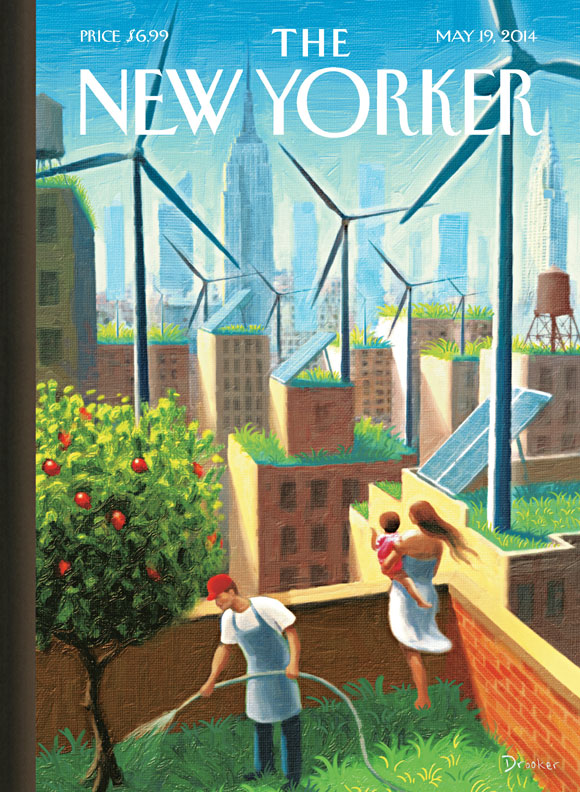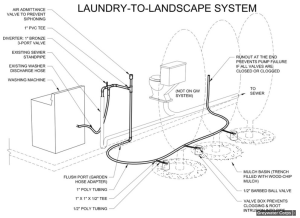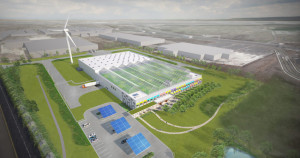par ADEME Presse, 22 mai 2014
Cette année, le « Concours Génération Développement Durable » fête ses 10 ans !
Idées, projets, solutions concrètes pour repenser l’usage des biens de consommation, économiser de l’énergie, réduire nos émissions de CO2… le « Concours Génération Développement Durable » récompense en la matière les étudiants aux plus belles initiatives.
Visuel Micr’HomeAujourd’hui, La Recherche, l’ADEME et Bouygues Immobilier sont heureux de vous annoncer les lauréats de cette édition 2014.


